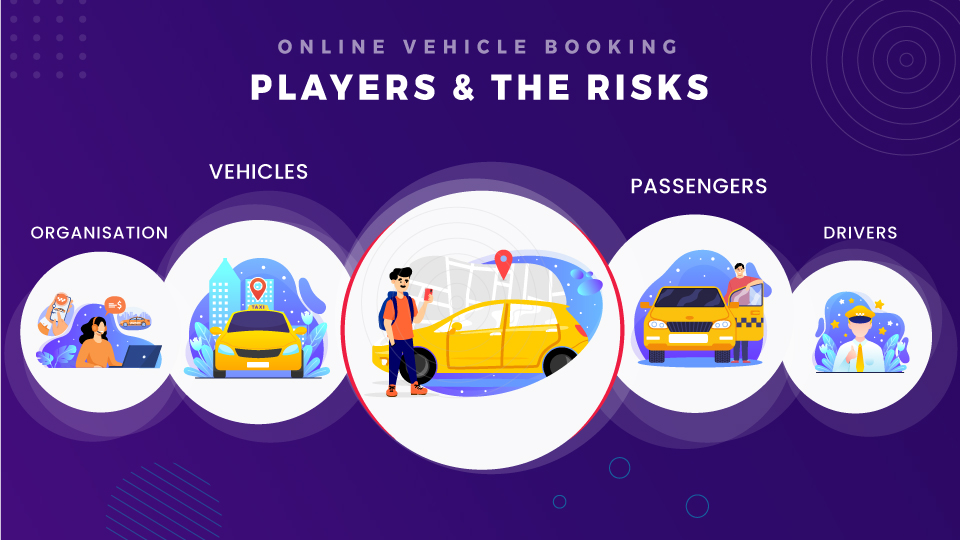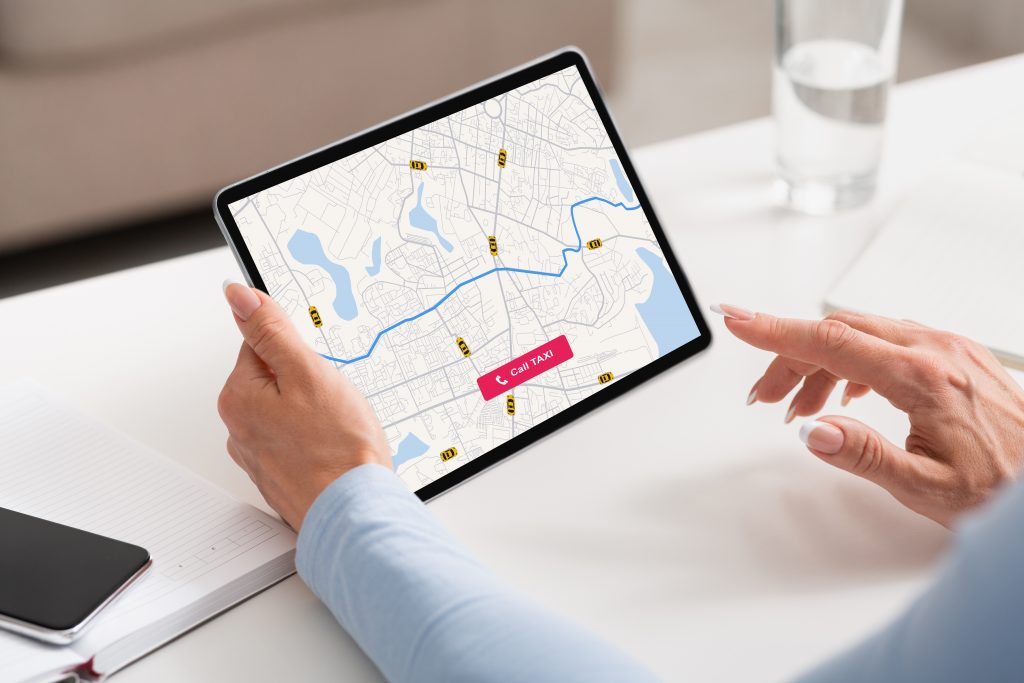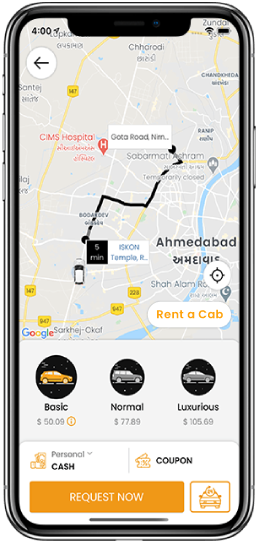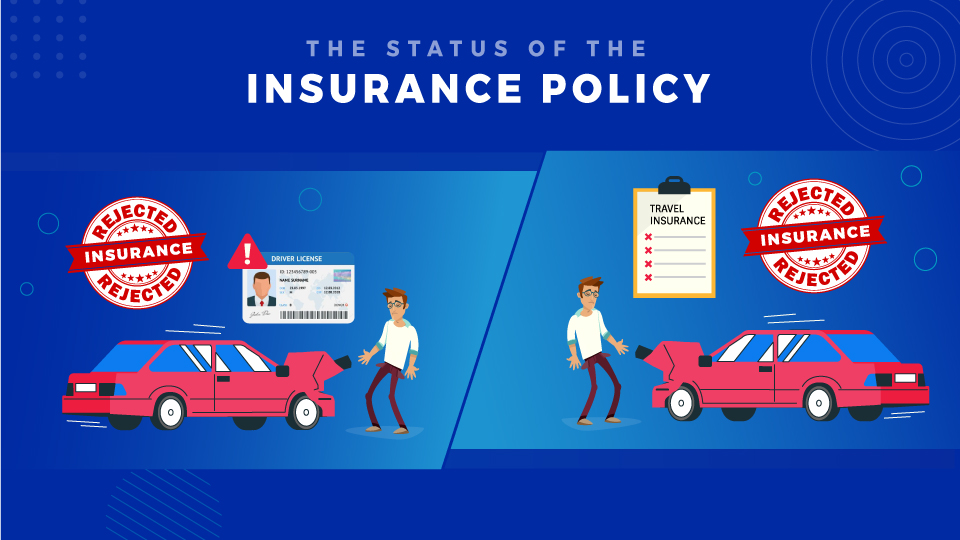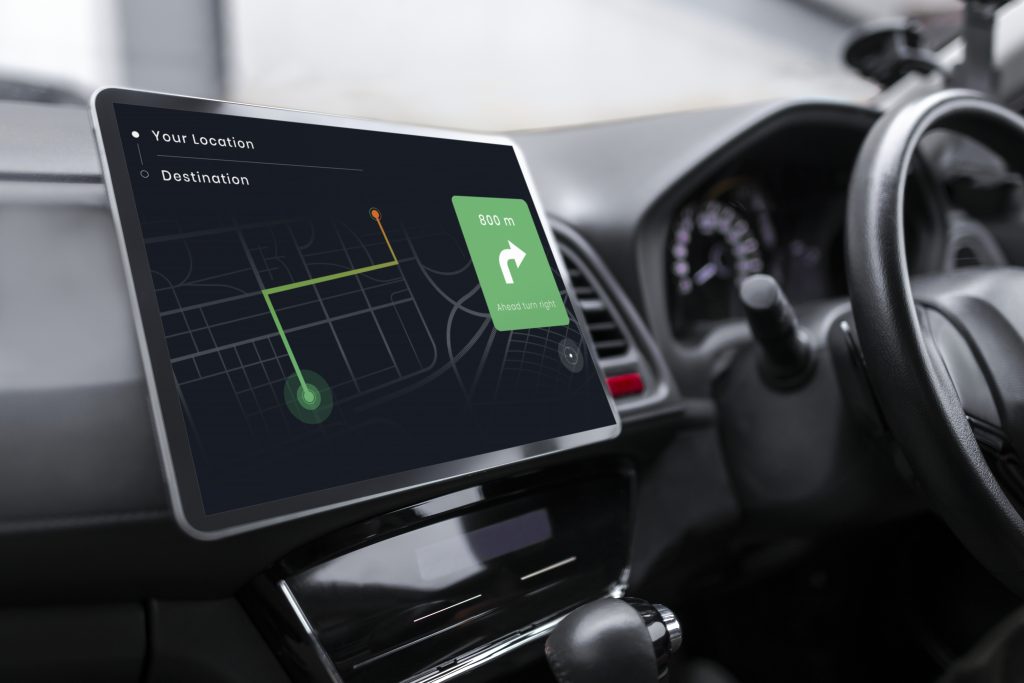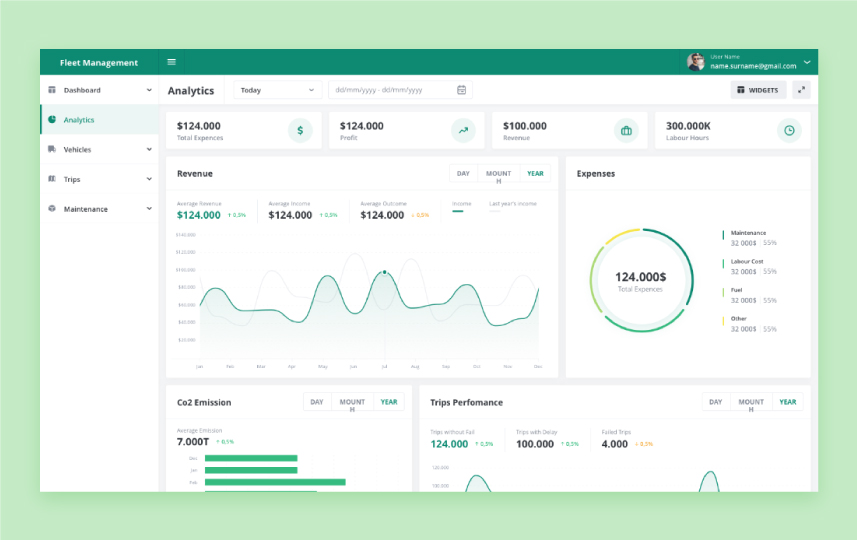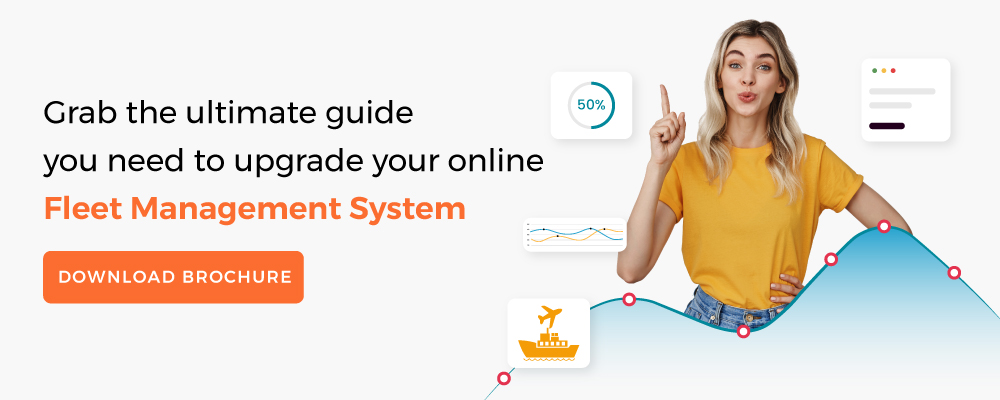
Online Vehicle Booking Systems- Risks and Their Mitigation
‘The old order changeth, yielding place to the new…’ (The Passing of Arthur, Alfred Lord Tennyson)
Tennyson could very well be describing version 2.0 of ‘Modern Times’ where everyday words like digit(al), web, net, and virtual have taken on a whole new dimension and changed our lives irreversibly forever. But let me not belabor the point, and get to the point!
Today, the universe is digital, and virtually (pun intended) everything is online. You wanna shop, date, get married, buy insurance, make payments (not necessarily in that order)- everything is better done online. So, can transportation lag far behind? Certainly not! Be it ride-hailing, carpooling, taxi/bus booking, or even commercial logistic services- it’s gotta be applied and online. However, there remain associated risks, the corresponding mitigation solutions, and that is the subject of our blog- The risk mitigation ways for online vehicle booking systems. So, the unsuspecting; read on!
Online Vehicle Booking Systems: The Players and the Risks
Who are the key players in this smorgasbord? How are they at risk? Let us proceed to examine this in slightly more detail.
The Players:
- Drivers
- Vehicles
- Passengers
- Organizations
The risks:
It is from the complex interplay among the players’ behavior, performance, condition, and existing systems & norms that the risks arise.
- Simply put, the passenger is subjected to the risks posed by the driver of the vehicle, the vehicle itself, and the limitations or otherwise of the organizations’ checks and balances.
- Equally, the driver is exposed to the vagaries of the vehicle, the uncertainties of his/hers passengers’ behavior, and the protection or otherwise of the organization’s rules and regulations.
- The driver, vehicle, and passenger are out on the road. But are they the only players? Absolutely not! The public, the jaywalkers, the moms with kids, the drunks- they are all out there! And risks loom large.
- Combining the risks the organization and its reputation faces, any mishap that occurs in any of the above combos, will have a debilitating impact upon revenues and the very existence of the business.
Now that you are aware of the actors, and the potential impact of their interactions- it’s time we moved to the intricacies of the risks and the possible mitigation strategies.
For economizing and increasing the efficiencies of operations, most organizations are resorting to self-service style online vehicle booking and document management systems. These have the necessary information on dedicated web pages/apps and require little or no human interaction or supervision. In this section, we will examine systems used for hiring cabs, booking pool-cars, and commercial vehicles for logistic services, from the standpoint of the associated risks to employees, drivers, & service providers.
Bonus Read: How To Build A Cab Booking Software With Minimum Investment?
Governance
In the UK, the Health and Safety at Work Act 1974 not only covers all employees at work but also applies to the protection of the public who may be affected by an organization’s acts of commissions and omissions. These are mainly risks to public life & limb, and property caused by accidents involving those driving whilst on work-related business. In Australia, the Point to Point Transport Commissioner is charged with monitoring and even auditing the Safety Management Systems of such organizations. The Indian counterpart is the much-maligned RTO- Road Transport Organization.
The guiding principle of the UK Act is that the online booking system is designed and maintained as far as it is reasonably practical for the safety of the public, employees,+ and contractors. Those covered under its ambit include all the players referred to earlier.
The Australian audit is elaborate indeed, exemplary, and covers every element of the Safety Management System (SMS):
- Safety policy and its objective: identifying the main aim of the policy and fixing responsibility for ensuring that the SMS meets the same
- Management accountability and communication: identifying who is accountable for the service providers’ safety responsibility
- Risk management: identification and mitigation of risks
- Systems and documentation: checking whether the SMS is documented and is accessible to every employee, driver, and contractor (key players)
- Key player monitoring: detailing how the service provider ensures that each key player discharges his/her legal responsibilities
- On-boarding, training, and ongoing education: checking how new key players are inducted and communicated the safety procedures
- Incident management and monitoring: examining the process of documentation and reporting of incidents
- Review and update: checking the regular SMS review and update process
Serious or ‘notifiable’ incidents must be reported mandatorily to the Point to Point Transport Commissioner.
We’ve used the Poms and their counterparts’ systems Down Under; be rest assured, they mimic regulatory frameworks the world over!
In an ideal online booking system, the scrutiny and authorization procedure for the key players and the vehicles are subsumed within the booking system and are not separate from it. Let us turn to scrutinize the constituent elements:
Policy Requirements
A dedicated official must be available to help the customers to comply with the legal requirements associated with a Driving at Work Policy. Normally that’s the person who undertakes DVSA (Driver and Vehicle Standards Agency) Driving License checks.
Checking procedures must be appropriate and span vehicle suitability, its condition, the health & mobility of the driver, Driving License type, and, if required, insurance checks.
If the vehicle is outsourced, the Insurance and Risk Manager needs to have systems and personnel in place to ensure vehicles are ‘fit’ and the ‘kosher’ documentation is in place.
Safety of Vehicles

The service providers’ Driving at Work Policy and related processes must be reviewed to ensure that remote online booking does not circumvent nor contravene statutory procedures and controls.
For instance, it may not be correct to mandate the use of pool vehicles only if the number and type of vehicles available are not conducive to the real-time demand and supply scenario. In case the vehicles in use belong to or are controlled by the organization, it becomes the service providers’ responsibility to maintain the vehicles, and ensure their roadworthiness.
To control polluting emissions, hybrid and electric vehicles have become popular. Read this blog of ours to know how carpooling app can be a solution for the ever-increasing air pollution?
The service providers need to ensure that the customers are aware of the technical, operational, maintenance, and in-use features of these vehicles, such as charging, battery swapping, acceleration, and braking prior to use on public highways. Checks and balances mate!
Insurance Intricacies for Online Vehicle Booking Systems
Hire vehicles
A majority of the vehicles will be covered by the service providers’ Motor Insurance Policy during the customers’ hire period. However, in case of early delivery or a late return, the driver needs to notify the Insurance authorities regarding the required changes to ensure appropriate modifications in coverage.
Every vehicle must be visually inspected and signed for by the driver/nominated individual on commencement and the end of the hire period, reconciling damages/defects with the service provider. Needless to say, drivers are responsible for vehicle safety during the hire period- especially the keys.
License checks
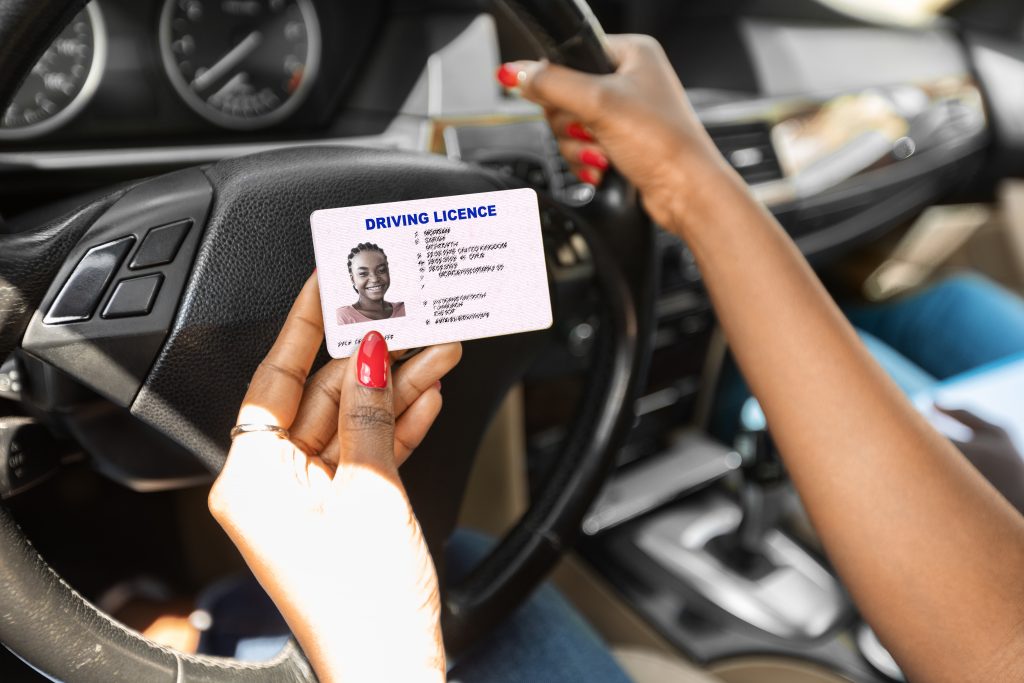
Though authorities believe that it is the applicant drivers’ responsibility to accurately and truthfully provide information as required by online booking systems, that is not always the reality. This is due to:
— Lack of driver knowledge (e.g., categories of DVLA driving license)
— Oversight (clicking boxes without paying heed to the criteria)
— Tendency to be untruthful with perceived “Orwellian” systems
— Fear of termination of employment due to declaring penalty endorsement points/serious traffic violations
It is, therefore, incumbent upon the service providers to incorporate an audit process where line managers record driving licenses, health, and other personal data under expert supervision.
Drivers must have a valid driving license applicable to the category of vehicle they are booking – and insurance is subject to the driver having complied with the authorized driver application process. Further, the drivers driving for the service provider need to undergo regular ‘health checks’ of their licenses to comply with employers’ and insurance obligations. There are specialists (who can be contracted) with expertise in licensed vehicle inspections, driving license/vehicle safety checks, and driver authentication.
Technology (Telematics)
Technology has always been at the forefront of online vehicle booking systems. GPRS, ETA tracking, e-invoicing, MQTT-led communication, route optimization software, etc., have become par for the course in online systems. Of more recent vintage are IoT-based devices and fleet management software fitted to vehicles enabling identification, analysis, monitoring, review, and mitigation across fleet operations. They address various aspects, driving/load/fatigue patterns, vehicle health, energy consumption, navigation, load optimization- the applications are only limited by our imagination.
However, such systems could be deemed ‘invasive’ impacting sensitive issues of workers’ rights. Presently, most organizations only use vehicle telematics to determine blameworthiness in accident investigations. However, it is only a matter of time before they will develop into far more comprehensive vehicle risk management systems.
Evolution of the Line managers’ role
A comprehensive framework of the Driving at Work Policy, straddling all relevant job descriptions needs to articulate the following responsibilities:
— Elaborate risk assessment
— Development of safe work systems
— Vehicle allocation, appropriate to the needs of the individual and task
— Training staff, qualified in managing organizational road risk
Your FREE Guide to: Fleet Management Solution!
Monitoring
Monitoring activities encompass:
— An effective Driving at Work Policy
— Identifying and analyzing (data-based) chinks in operational practice and procedures, accidents/near misses to identify recurring patterns and design specific training initiatives
— Management supervision and address of every accident report
— Timely reporting of accidents, to line, fleet, and Risk and Insurance managers; if serious- inform stakeholders of possible claims
Drivers’ Medical Conditions: Online Vehicle Booking Systems
A routine self-declaration of no changes in medical/health conditions and their fitness to drive allocated vehicles is a given for all online vehicle booking players. The nuances:
The legal status of self-declaration:
The authorities must be informed if a driver holding a driving license develops a ‘notifiable’ medical condition/disability or a negative change in any of the following conditions:
— Epilepsy
— Cerebral/cardiac strokes
— Neurological/mental health status
— Physical disabilities
— Visual impairments
The status of the insurance policy
Insurers have the right to deny claims towards liabilities incurred while an insured vehicle is:
— being used for a purpose other than specifically permitted in the policy document or
— driven by someone without a valid driving license; or in contravention of the license’s conditions
Fair representation
The ‘duty of fair presentation’ articulates the mandatory disclosures that an insured must make to an insurer. Any failure can lead to:
— the insurer avoiding the policy and retaining the premium paid and recovering claims paid and/ or expenses incurred,
However, If the failure is not deemed deliberate or reckless, the insurer may:
— Return the premium but recover the incurred expenses
— Apply different policy terms and take appropriate action
Other than the insurance part, you can also upgrade your driver billing system.
Health and Safety Statutes
In the UK, the Health and Safety at Work Act 1974 makes it incumbent upon employees to take care of their health and safety and of others who may be affected by their acts of commissions or omissions while fulfilling work-related activities.
However, Road traffic rules supersede health and safety legislation where relevant.
At the same time, the employers (usually having knowledge of their employees’ health/load/fatigue conditions) are equally liable as their employees. The statutes across the world are not vastly different! Checks and balances indeed!
Technology- Futuristic Trends
To implement technology in the transportation business, you need online vehicle booking software. Such software will help you in risk mitigation and monitor driver activities more closely. A few elements which help in the integration of technology with a fleet risk management system are:
Telematics
As discussed earlier, fleet telematics technology can help you gather vehicle speed, location, and movement data through geofencing. Telematics (an offshoot of IoT) collects data using GPS, sensors, and vehicle engine data and enables monitoring of fleet activities 24/7. The multiplier risk mitigation impact will be felt incorporating future developments in AI and ML.
Communication Systems
Communication between fleet managers/owners and drivers is crucial. Technology like Push-To-Talk enables instant communication between smartphones, landlines, and computers. MQTT aids communication with the use of low bandwidth devices. These basically help drivers seek local assistance in case of any route emergencies and reduce risks.
Download FREE e-book: Fleet Management Solution!
Fleet Risk Management Software
A popular technology- a combination of telematics, communication systems and software coding provides the data collected with a visual reference frame. This enables easy analysis and understanding. Fleet risk management software makes monitoring drivers easier.
Endgame
The number of organizations seeking to introduce self-service style online systems for vehicle booking and document management is proliferating. These present a very attractive proposition offering cost savings, risk mitigation, and efficiency gains. However, abundant caution needs to be exercised when incorporating such initiatives. One should not make the mistake of eschewing an elaborate risk assessment prior to selection/ implementation of the strategy and leave oneself vulnerable to the loss of perceived efficiency gains due to an increase in the very risk factors which one had set out to avoid! Want an amazingly intuitive online vehicle booking systems solution? AllRide experts are here to make your dream turn into reality!




